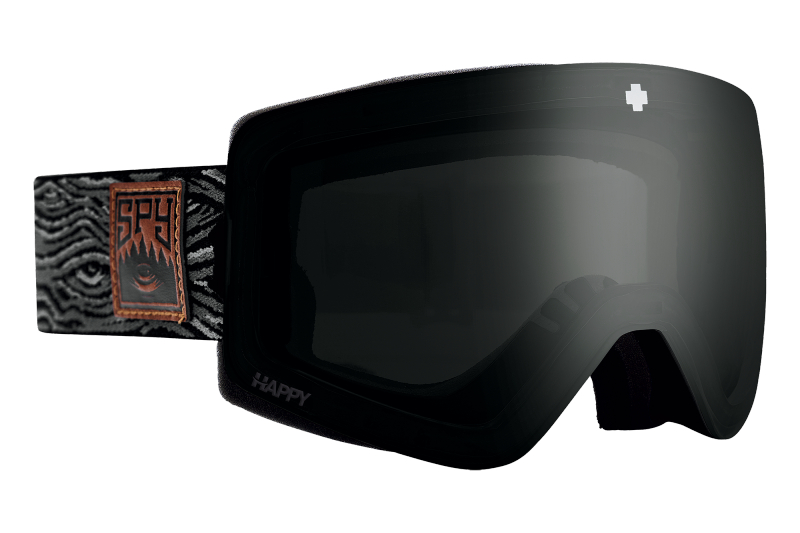
Ski bums rejoice! It’s almost that time of year again. Leaves have fallen and powder begins to collect on mountaintops. Between now and the end of the month, it’s time to gear up for the wild winter ahead.
Ski and snowboard goggles are often an afterthought after getting fiberglass under the feet, nylon and polyester to protect limbs and cotton to keep ears warm. But what’s more important than your vision on the hill? Fortunately, we’ve got you covered at The Manual.
The Marauder Elite, the latest entry for new goggles comes from Spy+. Developed in a “top-secret lab hidden deep in the hills of Southern California,” the new, high-powered protective eyewear is built for a dynamic, snow-ripping experience.
A Toric magnetic low-profile lens delivers crystal clear, distortion-free optics, built for the ultimate visual experience. Spy+ has equipped Marauder goggles with Happy lens tech to boost mood and alertness with bright colors while enhancing color and contrast. Equipped with six super-strong magnets for fast and easy lens changes, the Marauder Elite’s Deadbolt lens-locking system prevents popping off for worry-free snow sliding. Deadbolt’s magnets securely guide the lens into place while the locking levers bolt it down. And a Toric dual lens is ARC-injected with anti-fog and anti-scratch coating to maintain lens shape for optical clarity.
100% UV protection on the lens shields eyes against damaging, high-altitude sunlight. For differing conditions, each purchase of Marauder Elite goggles comes with a free premium bonus lens to cover you in any light — one for brighter days and another for flat light or overcast conditions. Spy’s lens technology boosts contrast and colors, regardless of the lighting, which allows you to better see the mountain. These are also notched to fit over prescription glasses. Anti-scratch coating provides enhanced impact protection and the Marauder Elites are custom built with flexible, durable polyurethane for seasons of use.
Related Guides
There’s also no need to worry about goggles fogging up. A RISE ventilation system utilizes the Venturi effect (the same science used in inflatable avalanche packs) to draw air through subframe vents above the goggle, creating a vacuum that pulls hot air from behind the lens. The Marauder makes use of 60% more venting than previous magnetic Spy goggles, making them highly fog-proof. In addition, a triple-layer Isotron face foam includes moisture-wicking Dri-Force fleece to enable a comfortable fit while drawing fog-causing sweat off of your face. The reinforced venting foam also creates a robust barrier against the elements.
The Marauders are made to be compatible with the most popular helmets on the planet. For extra slip prevention, a silicone-lined XL strap prevents goggles from slipping off of helmets and/or headwear.
SPY+ Marauder Elite goggles provide a secure ride so that you can plunder pow in peace. Check ‘em out now at SpyOptic.com:
Read More: What Is Après-Ski? A Quick Guide to Post-Skiing Fun



